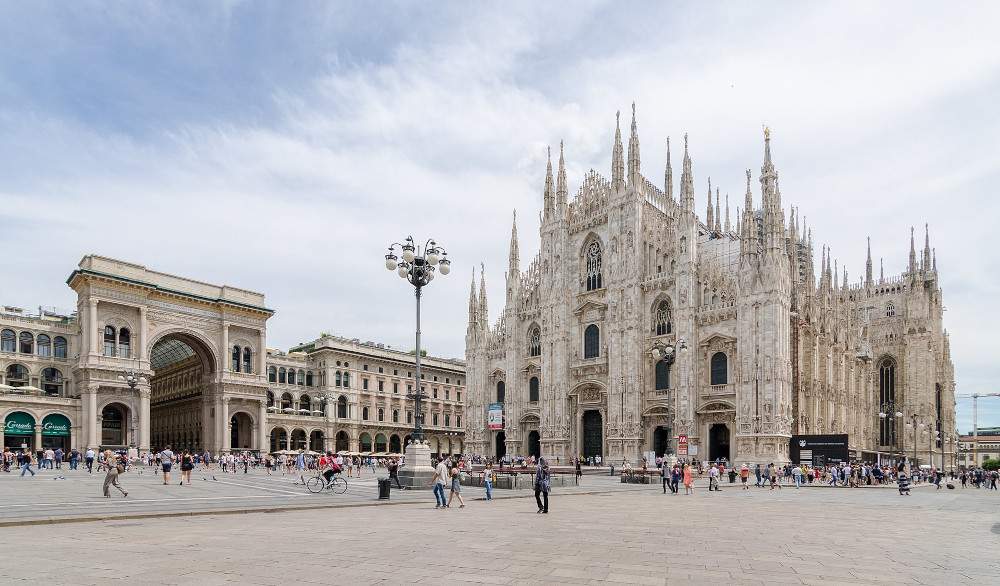Milan is the city where most people read: the results of the AIE Observatory
On the occasion of BookCity Milano, an event in the Lombard capital dedicated to books and its readers that will be held from November 17 to 21, 2021, the results of theAIE Observatory on book buying and reading in the City of Milan, carried out in collaboration with BookCity Milano on data from PepeResearch, were presented. It emerged that Milan has more readers than the Italian average, 64 percent versus 56 percent (those who read at least one book in a year, including ebooks and audiobooks, among those over the age of 14), and especially more digital readers (e-books and audiobooks): 39 percent versus 26 percent. Moreover, perhaps because they have many available close to home, although large differences remain between the center and suburbs, the Milanese frequent physical bookstores more than in the rest of Italy.
“This survey, unique at the European level, is our contribution to the city for an informed debate, and thus the implementation of effective policies, for the promotion of reading and books in Milan,” explained AIE President Ricardo Franco Levi. “The data we presented indicate first of all the richness of the city experience, but also some disparities between the center and the suburbs. We would like this to be the first step toward a permanent Observatory on cultural consumption in the City of Milan and the Metropolitan Area.”
Data on reading
Milanese who have read at least one book in the past 12 months, including e-books and audiobooks, are 64 percent, compared to a national average of 56 percent. They read digitally in Milan (e-books and audiobooks) 39 percent of the population against 26 percent of the Italian average. The gap in reading is especially noticeable in the youth groups: in Milan 88% in the 15-17 bracket and 87% in the 18-24 bracket declare themselves readers. In Italy, 51 percent and 81 percent are readers in the same bracket. Milanese also read significantly more than the Italian average in the 55-64 age group (47% vs. 31%) and the 65-74 age group (31% vs. 19%).
Moreover, 42% of readers in Italy are weak readers, stopping below the threshold of three books a year. In the case of Milan, weak readers are 24%, while the vast majority are in the four- to eleven-book range, 69%.
Where the Milanese buy
They are book and e-book buyers 63% of the Milanese versus 51% of the Italian average. Of e-books alone, 29% versus 18% of the Italian average. While the Milanese look more favorably on digital purchases than the average Italian, for paper books they rely more on physical bookstores than on online bookstores. Specifically, 90 percent of Milanese book buyers have bought from physical bookstores at least once in the past twelve months, in Italy only 73 percent. In contrast, Milanese book buyers who have bought at least one book online are “only” 26 percent, compared to 55 percent for the Italian average.
The city map
The analysis of reading in the territory shows a distribution of readers that is widespread throughout the territory and that rewards the suburbs: 59% (people over 14 years old) are readers in the neighborhoods farthest from the center, compared to 58% in the semi-peripheral areas and 54% in the central and semi-central areas. This compares with a very unbalanced distribution of bookstores and stationers in favor of the center: 69% of establishments are located here, 19% in semi-peripheral areas, 12% in peripheral areas. Put another way: in the central and semi-central areas there are 0.71 bookstores and stationers for every 1,000 readers, 0.14 in the semiperipheral areas, and 0.07 in the suburbs.
Ph.Credit Steffen Schmitz
 |
| Milan is the city where most people read: the results of the AIE Observatory |
Warning: the translation into English of the original Italian article was created using automatic tools. We undertake to review all articles, but we do not guarantee the total absence of inaccuracies in the translation due to the program. You can find the original by clicking on the ITA button. If you find any mistake,please contact us.




























